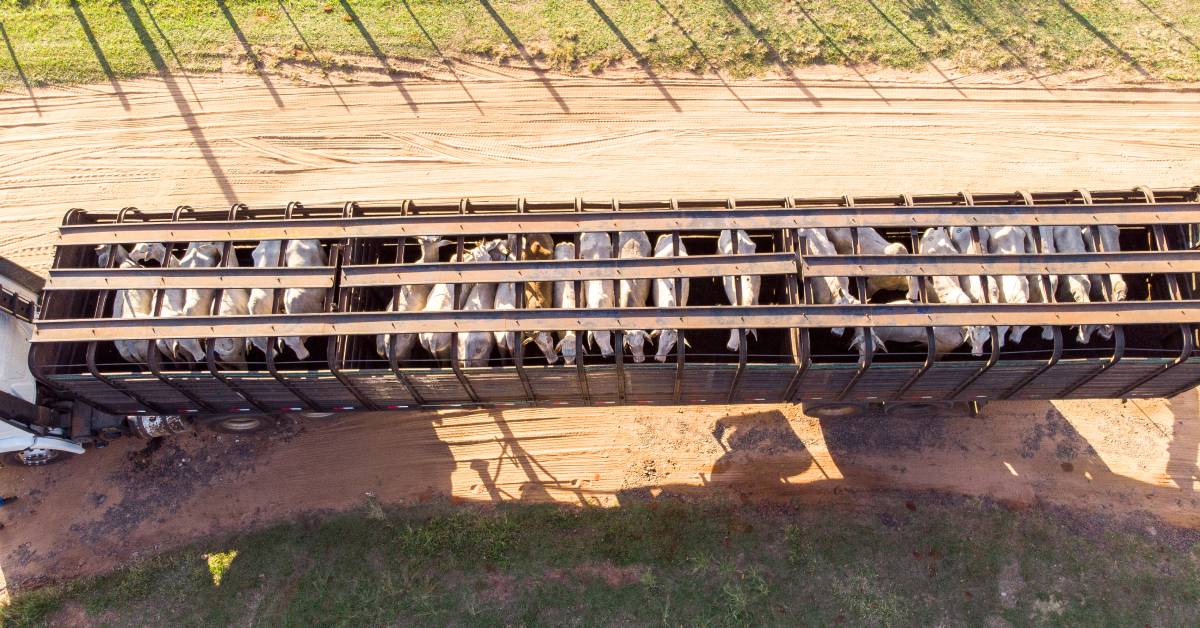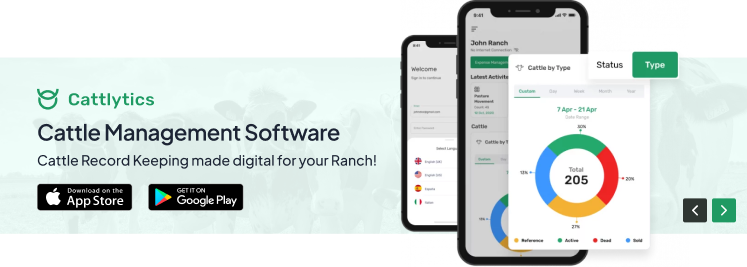Maximize the potential of your cattle operation through efficient record-keeping using the power of GOLD Management Indicators. Whether you’re new to animal health tracking or aiming to take your records to the next level, uncover the four essential records that hold the key to success: growth of Calves, Open Rate, Length of Calving Period, and Calf Death Loss. By comparing your data to industry benchmarks, you’ll gain valuable insights to drive on-farm decisions.
GOLD Management Indicators
In cattle performance record keeping, GOLD Management Indicators are essential tools for assessing and improving animal health and productivity. These indicators, represented by the acronym GOLD, help measure key aspects of cattle performance. The significance of these indicators and how they contribute to effective record-keeping is as follows.
1. G – Growth of Calves
Calves’ growth is a vital indicator of their overall health and development. By recording weaning weights or sale weights, producers can evaluate the genetic and environmental factors influencing growth. Monitoring and improving weaning weights can enhance profitability by selling heavier calves.
2. O – Open Rate (%)
The open rate reflects the fertility of the herd. It measures the percentage of females that fail to conceive and re-breed. Tracking open rates helps identify potential factors affecting fertility, such as nutrition, disease, or genetics. Producers can make informed decisions to optimize breeding and reduce winter feed costs by recording the number of open females.
3. L – Length of Calving Period
The length of the calving period is a crucial measure of herd fertility. A shorter calving period, typically ranging from 60 to 75 days, promotes more uniform calf crops and improves average weaning weights. It can lead to an average increase in weaning weights of 10 to 15 pounds (4.5-6.8 kilograms). Recording the first and last calf birthdates helps assess the calving period’s duration and take necessary steps.
4. D – Calf Death Loss
Calf mortality can indicate herd health issues and impact overall productivity. Monitoring calf death loss helps identify causes such as genetics, nutrition, disease, or environmental factors. By recording the number of calf losses from birth to weaning, producers can implement management practices to reduce mortality rates and increase the number of healthy calves.
Take control of your farming operations with
Growth of Calves = Weaning Weights or Sale Weights
Tracking the growth of calves through weaning weights or sale weights is a crucial component of successful cattle management. By closely monitoring calf development, ranchers and farmers gain valuable insights for optimizing breeding programs, nutrition plans, and overall herd health.
Analyzing growth data helps identify trends and informs breeding and feeding strategies. Comparing data to industry benchmarks allows performance assessment while monitoring calf growth through weights ensures optimized management and continuous improvement.
Diligent record-keeping and analysis enhance genetic and environmental factors influencing growth, optimize management strategies, and drive cattle operations forward. The average weaning weight of calves is around 550 pounds (250 kilograms), yet by prioritizing calves’ growth and utilizing these key indicators, you can maximize the potential of your cattle operation and achieve an increase in weaning weights of 20 to 30 pounds (9-14 kilograms) per calf.
Open Rate (%)
Monitoring open rates is crucial for optimizing the reproductive success of your cattle operation. By tracking the percentage of females who fail to conceive and re-breed, you can identify potential fertility challenges and address them. Factors such as nutrition, disease, and genetics can significantly impact open rates, and by analyzing trends and maintaining detailed records, you can pinpoint areas for improvement.
The industry benchmark for open rates in cattle herds is typically around 10 to 15 percent. Based on this information, you can fine-tune your breeding strategies to aim for higher conception rates, reduced winter feed costs, and improved profitability. This knowledge allows you to implement targeted interventions to enhance reproductive outcomes. Through strategic management based on thorough record-keeping and analysis, producers can aim for a reduction in open rates by 2-5%.
Trade of Calving Period
Efficiently overseeing the calving period is essential for optimizing the productivity of your cattle operation; by closely monitoring and analyzing the length of the calving period, you can make calculated modifications that positively impact both your herd’s performance and your financial outcomes.
A shorter calving period promotes more uniform calf crops, resulting in improved average weaning weights and increased market value. By recording the first and last calf birthdates and analyzing the data, you can identify any patterns or outliers that may require attention.
This information empowers you to strategically address breeding strategies, nutrition, and herd health, ultimately optimizing the trade-offs associated with the calving period. With meticulous record-keeping and thoughtful management, you can ensure your cattle operation operates at its full potential, maximizing both efficiency and profitability.
Calf Death Loss
Safeguarding the health and well-being of your calves is vital for a thriving cattle business. By carefully tracking and analyzing calf losses from birth to weaning, you can identify factors impacting mortality rates, such as genetics, nutrition, disease, and environment.
Armed with this knowledge, implement targeted management practices to minimize calf death loss and maximize productivity. Prioritize proper nutrition, regular health screenings, and a clean, safe environment.
By making proactive, data-driven decisions, you can enhance overall herd health, reduce losses, and increase profitability. Although the average calf death loss in the cattle industry ranges from 2-5%, by implementing targeted management practices, such as proper nutrition, health screenings, and a clean environment, producers can expect a reduction in calf death loss by 0.5-2%. Each calf is essential, and investing in their well-being ensures the future success of your operation.
Track Your Cattle Performance with Cattle Management Software
Unlock the power of data-driven decision-making with cattle management software. This advanced app utilizes cutting-edge technology to track and analyze your cattle’s performance. From growth rates to reproductive metrics, Folio3 Agtech’s cattle management software provides a user-friendly interface to monitor key indicators.
Seamlessly integrate your records and leverage industry benchmarks for valuable insights into your herd’s health and productivity. Spot potential issues early on and make informed decisions to drive profitability. Whether you’re an experienced rancher or just starting out, Cattlytics empowers you to optimize your cattle management practices.
Maximize growth, enhance reproductive efficiency, and minimize losses by harnessing the power of Cattlytics for revolutionizing your cattle performance tracking.
Conclusion
Adopting GOLD Management Indicators for cattle performance record-keeping offers numerous benefits. By tracking key metrics such as calves’ growth, open rate, length of calving period, and calf death loss, you can gain valuable insights to drive on-farm decisions. Cattlytics provides a powerful tool to track your cattle’s performance, allowing you to harness the power of data-driven decision-making for optimal results.







